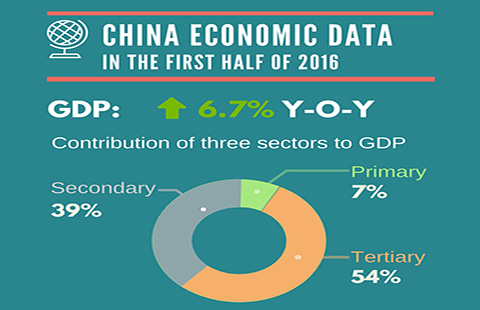PM2.5 kills thousands, researchers say
By Wu Wencong (China Daily) Updated: 2012-12-19 02:51"From this, a PM2.5 exposure relative risk coefficient was calculated. The total of deaths related to PM2.5 pollution in 2010 was also estimated based on population sizes and PM10 concentration statistics published in the National Statistical Yearbook 2010."
He said the study also calculates mortalities caused by PM2.5 this year, together with figures based on potential improvement scenarios.
However, researchers conceded that the study has many limitations.
"The data we used, though they're the best we can get, are still limited," Pan said. He said the data mainly came from independent research institutions in the four cities, not official sources, which may affect the results.
The central government recently started to ask major cities to start releasing readings of PM2.5 levels to the public.
"The result is an estimation, based on a probabilistic method in statistics, with a possibility of uncertainty," Pan said.
Li said that the study only takes into consideration a relatively short-term effect of PM2.5 pollution, without measuring the possible health effects of other major pollutants in the air, such as black carbon and ozone, which may result in an underestimation of the health risks.
On Dec 12, a policy study executive report was released to the China Council for International Cooperation on Environment and Development, an organization chaired by Vice-Premier Li Keqiang. The report also mentioned the relationship between premature deaths and PM2.5.
It cited an estimate by the WHO that 470,000 Chinese died prematurely in 2008 due to air pollution.
"A World Bank study showed China's deaths and diseases caused by air pollution in 2003 brought an economic loss of 160 billion yuan, equivalent to 1.16 percent of GDP that year," read the Regional Air Quality Integrated Control System Research report, written by a team led by Hao Jiming, an academic at the Chinese Academy of Engineering and a professor at Tsinghua University's School of Environment.
- Heavily polluted Lanzhou city to publish PM2.5 data
- High concentration of PM 2.5 in Beijing's air
- Qingdao to publish PM 2.5 pollution data
- Beijing to finish PM2.5 network by end of Sept
- Free testing for PM2.5 in Shanghai
- Beijing announces plan to cut PM 2.5 in air
- Beijing releases complete data of PM2.5
- Beijing releases real-time PM2.5 data
- Broad steps needed to sustain inclusive growth: G20 officials
- UK explores free trade deal with China
- 12 Chinese firms debuted in Fortune 500
- Infographics: China economy data in H1
- Sunny images of 60-year-old go viral
- China's top sovereign wealth fund quadruples in total assets in 8 years
- Standards for smart driving on the way
- Europe's first Traditional Chinese Medicine museum opens in San Marino


















